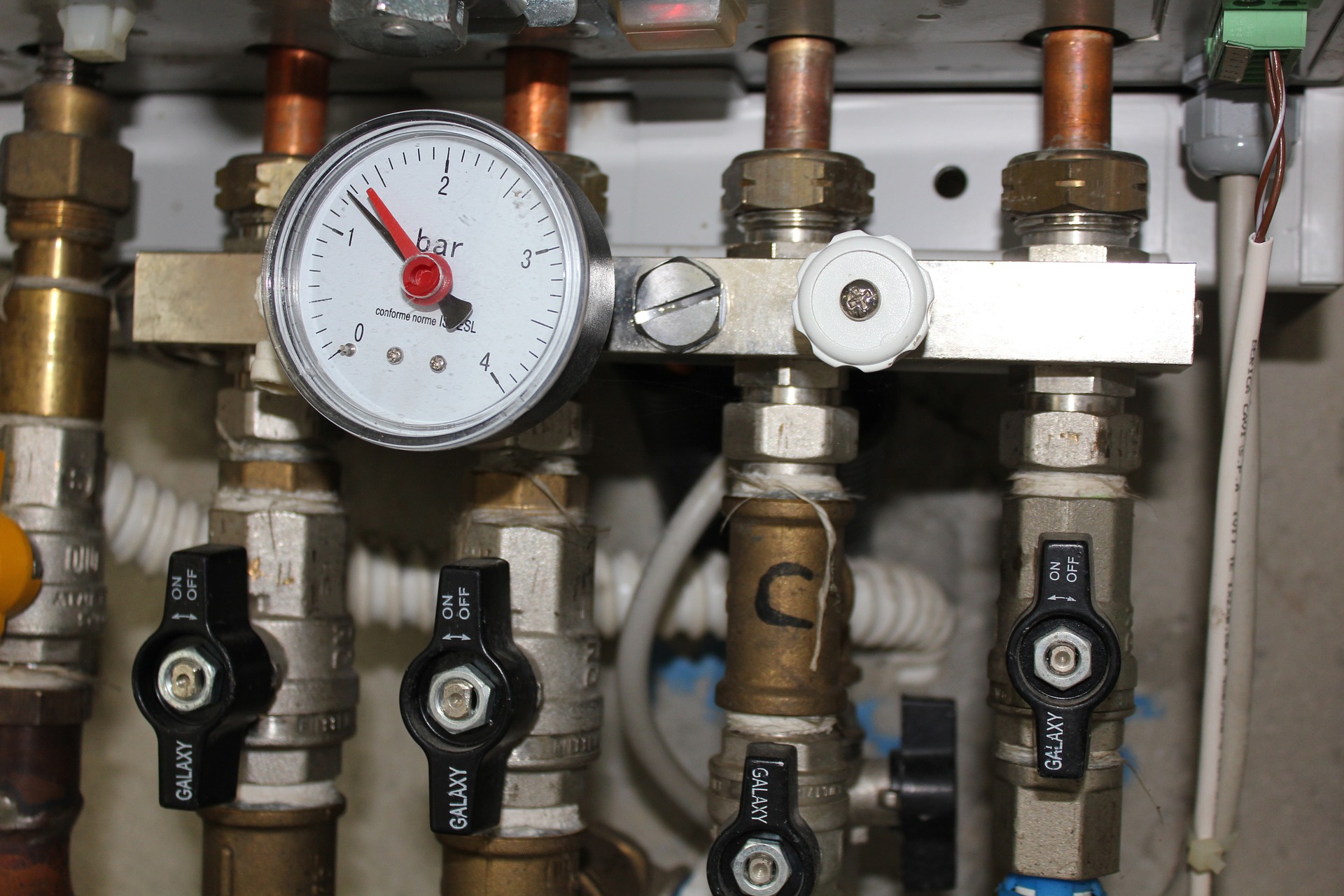A guide to installing solar panels
In this series of retrofit measures blogs, we’ll be explaining different retrofit measures which can improve the energy efficiency of homes – reducing energy usage to cut energy bills and carbon emissions, and improve the comfort of your home.
We’ll include information on how the measure works, what types of homes it may be right for, what installation looks like, and more. In this post we’re looking at installing solar panels on the rooftop of your home.
What are solar panels?

Solar photovoltaic (PV) panels take energy from the sun and convert it into electricity which can be used to power your home. By installing solar panels on the rooftop of your home you can generate your own renewable electricity, meaning you reduce your energy bills (as you need to buy less electricity) and the carbon footprint of your home. A typical solar PV array on a home rooftop will save 1.3-1.6 tonnes of carbon emissions every year (Energy Savings Trust).
How do solar panels work?

Solar PV cells are made from layers of semi-conducting material, usually silicon. When light shines on this material electrons become loose, creating a flow of electricity. Solar PV cells are grouped together to form solar arrays, and most PV systems are made up of panels – which can be installed on rooftops or in the ground.
The stronger the sunlight, the more electricity can be generated – though they do not need direct sunlight to work. The electricity generated is direct current (DC) but the electricity used by household appliances is alternating current (AC), so an inverter is installed alongside the PV array to convert the electricity for use in the home.
The stronger the sunlight, the more electricity can be generated – though they do not need direct sunlight to work. The electricity generated is direct current (DC) but the electricity used by household appliances is alternating current (AC), so an inverter is installed alongside the PV array to convert the electricity for use in the home.
What types of home do solar panels suit?

The main consideration with installing solar panels in your home is your roof space. You will need a roof which is ideally south-facing, unshaded (nearby trees, buildings, or chimneys), and has a pitch angle of 30-40 degrees. The amount of suitable roof space you have will determine how many panels you could host on your rooftop, and therefore how much of your electricity needs you could supply.
In order to make the most out of your solar PV array, you should also consider the following factors:
- Insulating your home to keep the heat in for longer, as well as draught-proofing
- Use timers and heating controls to ensure you use more of your electricity during the daylight hours when your PV system is working
- Combine with other renewable systems such as heat pumps or solar thermal panels.
We’d recommend consulting with a retrofit professional to help you make the most of installing solar PV panels on your rooftop. Cosy Homes Oxfordshire can help you with this through our home assessment and Whole House Plan service.
What are the expected costs and savings?
According to the Energy Savings Trust, the average domestic solar PV system is 3.5kWp and costs around £4,800 to install. You can expect to generate around 3,700 kilowatt hours of electricity every year and this will contribute 20-30% of your total electricity use, saving up to 1.6 tonnes of carbon emissions each year. These figures will vary depending on your location within the UK and how much sunlight your PV panels receive.
Read next…

Cosy Homes Oxfordshire features in The Sunday Times
You might have seen our scheme featured alongside some of our clients in ‘The Ultimate Guide To Insulation’ in The Sunday Times on the 15th of January, and also available online. Thank you to everyone who participated in the piece, including our
A guide to installing heating controls
In this series of retrofit measures blogs, we’ll be explaining different retrofit measures which can improve the energy efficiency of homes – reducing energy usage to cut energy bills and carbon emissions, and improve the comfort of your home.
A guide to replacing your boiler (for energy efficiency)
In this series of retrofit measures blogs, we’ll be explaining different retrofit measures which can improve the energy efficiency of homes – reducing energy usage to cut energy bills and carbon emissions, and improve the comfort of your home.
Why we take a whole house approach to home retrofit
Taking a whole house approach is one of the key factors in ensuring that home retrofit is as effective as possible at reducing the carbon footprint of a property. Whole house retrofit means taking a property to near net-zero energy demand. This likely
